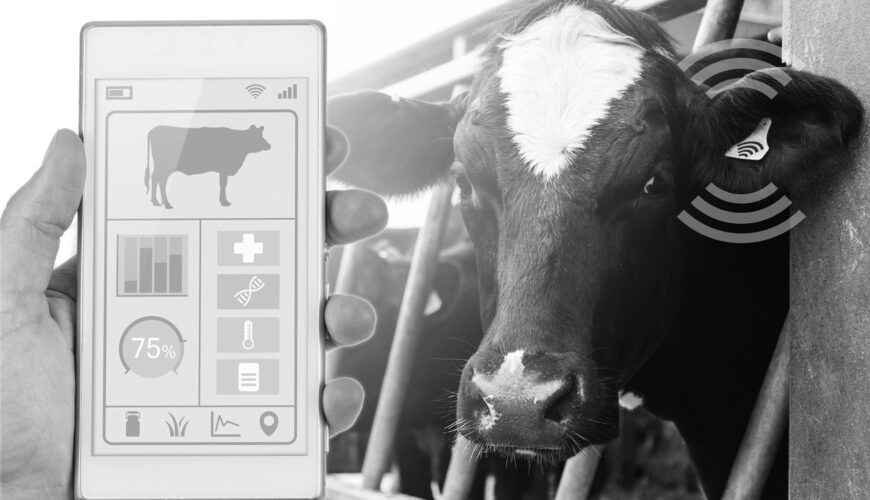The alphabet soup of supply chain management continues to expand, with ever new forms of technology flooding the marketplace seemingly monthly. Where, how and when to implement new tools like machine learning, AI, and blockchain can be confusing, and it’s easy to get caught up in technology for technology’s sake. Instead, you should first have a firm technology foundation, learn about the options available to layer on top of it, and then consider implementing if it’s a fit.
Let’s take a look at one of the most confusing terms out there, and how it fits into the landscape of supply chain management: blockchain. Loosely, blockchain is a shared digital ledger or “block” that allows a supply chain to track and virtually “store” assets by recording them as they move from one stop to the next. Often, specific industries will establish their own blockchain. For instance, “Beefchain,” is a Wyoming-based meat-tracking system. It begins with ranchers, who upload information on their cattle via an RFID tag to its blockchain, offering up transparency on each cow as it moves through the supply chain. Customers receive data that allows them to understand the age and origin of each cow.
In general, blockchains involve about six to seven steps in the process, beginning with transaction data and ending with the model of blockchain “government,” or agreed upon rules from all parties. While blockchain is having a rough go of it in some current situations, it’s a technology that likely isn’t going away soon, and is worthwhile to keep on your radar.


